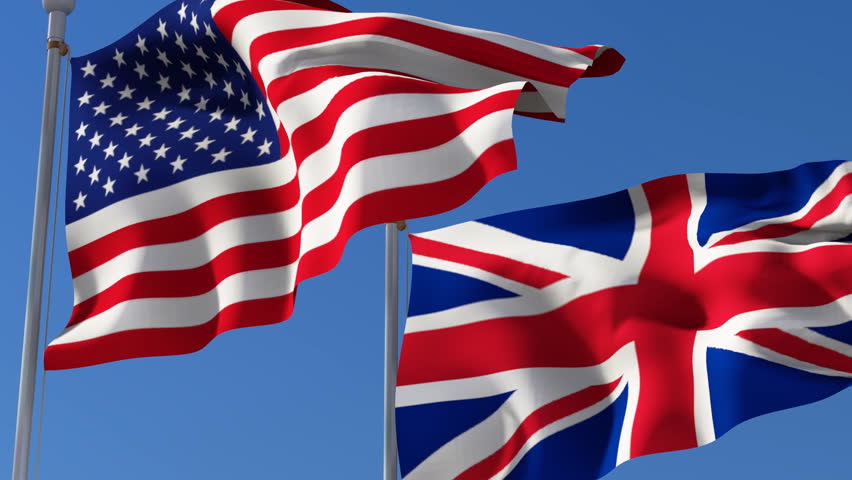This week, Singapore has been celebrating the 50th anniversary of its independence. Since that occasion in 1965, Singapore has become one of the most advanced, highly competitive and fastest growing economies in the world.
Current economic performance data shows that Singapore’s historic growth levels and continued development as a destination for business, is world leading. Despite having a population of only 5.5 million, it is the 36th largest economy in the world by GDP (higher than Greece, Ireland, Portugal). Since 1985, its GDP has grown at an average annual rate of 7.4%, and according to the World Economic Forum, is the 3rd most globally competitive country.
This level of growth has allowed the country to develop many high-tech industries and sectors – one of which has been its domestic Aerospace industry. But why has Singapore’s Aerospace industry developed over the last 50 years, and what does its industry look like today?
Competitive Government Measures
As the data listed above shows, Singapore is able to attract business and trade due its strong levels of competitiveness. Singapore currently carries a low corporate tax rate of around 17%, a relatively stable political environment, and a strong and robust regulatory environment. It has also recognised that strategic investment in R&D is the key to economic growth and increased productivity. Over the past 20 years (in both the public and private sectors) Singapore has spent more on R&D than most countries – as a percentage of GDP and on a per capita basis. By investing in its own facilities and R&D capabilities, Singapore has been able to grow both its domestic business, but also attract global companies looking to new markets.
Investment from Global OEMs
A favourable business environment has helped to see major Aerospace companies from around the world invest in Singapore – from those providing engineering services to the building of major new assembly facilities. US company Pratt & Whitney for example, has built a facility to produce fan blades and high pressure turbine blades for its range of engines, from Singapore’s Seletar Aerospace Park. North American company Vector Aerospace has also set up an engine servicing facility to help maintain P&W engines in use around Asia.
One of the most significant investments in Singapore however has been from Rolls-Royce. Work began in 2008 to build up Rolls-Royce’s presence, and led to the building of a major assembly facility – also on the Seletar Aerospace Park – where the company’s Trent 900 engines for the A380 are now produced. The site will also begin to produce 787 Dreamliner Trent 1000 engines – and is set to be responsible for around half of Rolls-Royce’s Trent engine output over the next 6-7 years. This significant investment from major companies has meant that that SMEs and Midcaps have also looked to invest in Singapore – with the UK’s RLC Engineering setting up a facility near Rolls-Royce to deliver titanium alloys for fan blades.
But it is not just Singapore’s competitive and investment-led economic nature which has attracted business – but country’s focus on plugging a clear market opportunity, as demand for aviation in Asia continued to grow.
Spotting Market Opportunities
One of the clear strengths of Singapore’s industry is how it has developed as a major Maintenance, Repair and Overhaul (MRO) hub. Forecasting the rate of growth in Aviation in the Asia-Pacific region, Singapore focused heavily on becoming an MRO centre – especially as the global interest in flying to Changi Airport as a ‘hub and spoke’ destination became much greater. In the 1990’s, the Government of Singapore also began conducting a number of specialisation initiatives within the aviation industry, with a key goal to develop a world leading MRO environment. As a result, its domestic MRO provider – ST Aerospace – has now become the world’s largest third-party MRO provider, and overall, Singapore accounts for a quarter of Asia’s maintenance, repair and overhaul of aircraft and components.
Singapore’s Aerospace Industry in 2015
Growing at around 10% per year over the last few decades (which is faster than average national GDP growth rates), Singapore’s Aerospace industry is today worth around $9bn, and has around 19,000 directly employed people in the sector. One of the drivers of this development has also been the focus on developing skilled engineers – with only Finland and Denmark having more engineers per million people.
Domestically, strong growth levels have led to Singapore’s ST Aerospace becoming the 53rd biggest Aerospace Company in the world, according to Flight Global / PwC. This is larger than the likes of global companies such as Korean Aerospace, Moog and Ultra Electronics.
In the future, Singapore will continue to grow, as demand for aviation in the Asia Pacific region increases significantly. It is also looking to build on and diversify itself as a centre for Aerospace business to business. Hosting one of Asia’s largest airshows – which in 2014 saw deals placed worth $32bn and over 1,000 companies exhibiting – will more than help in seeking to achieve this goal.





